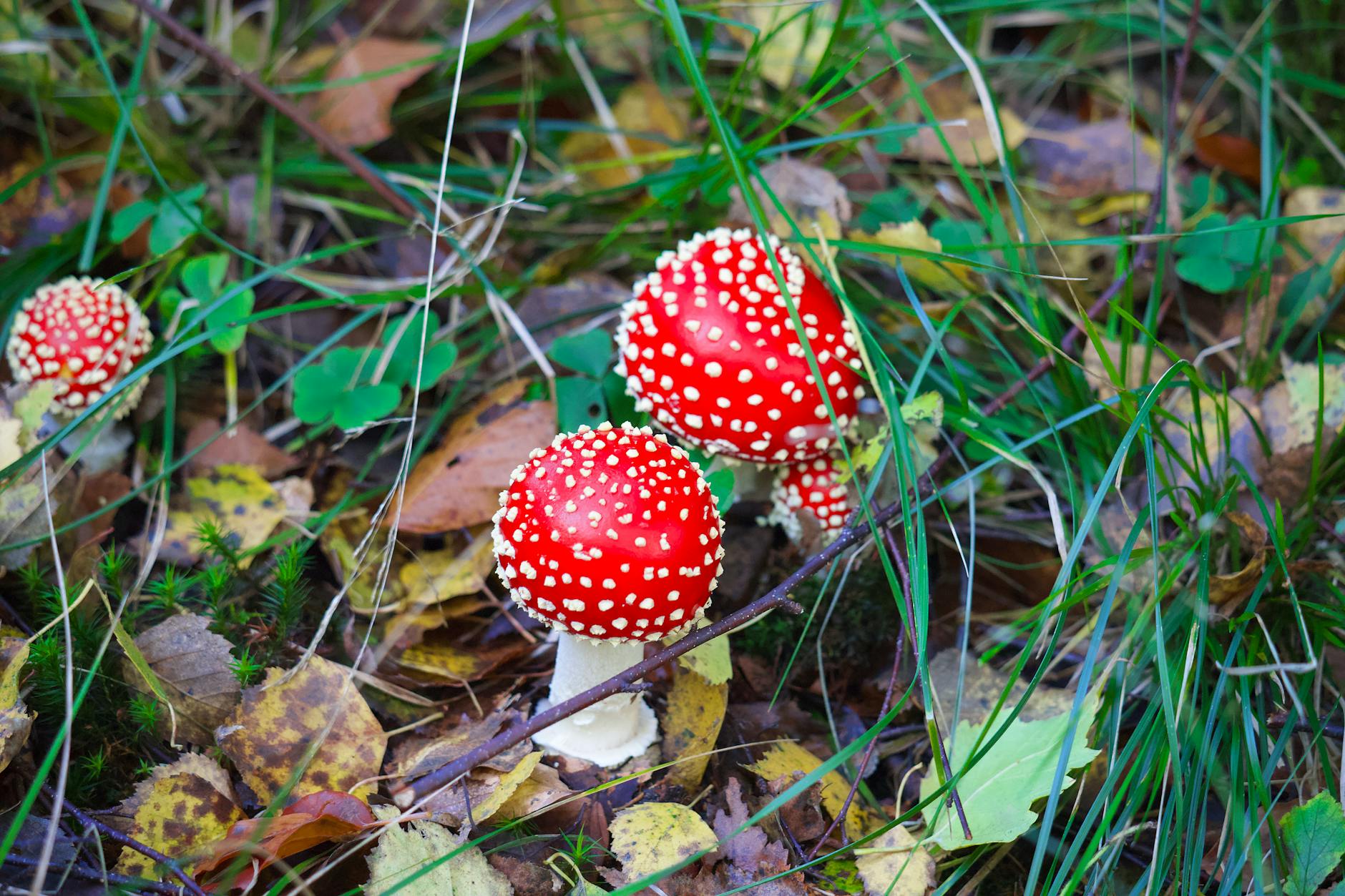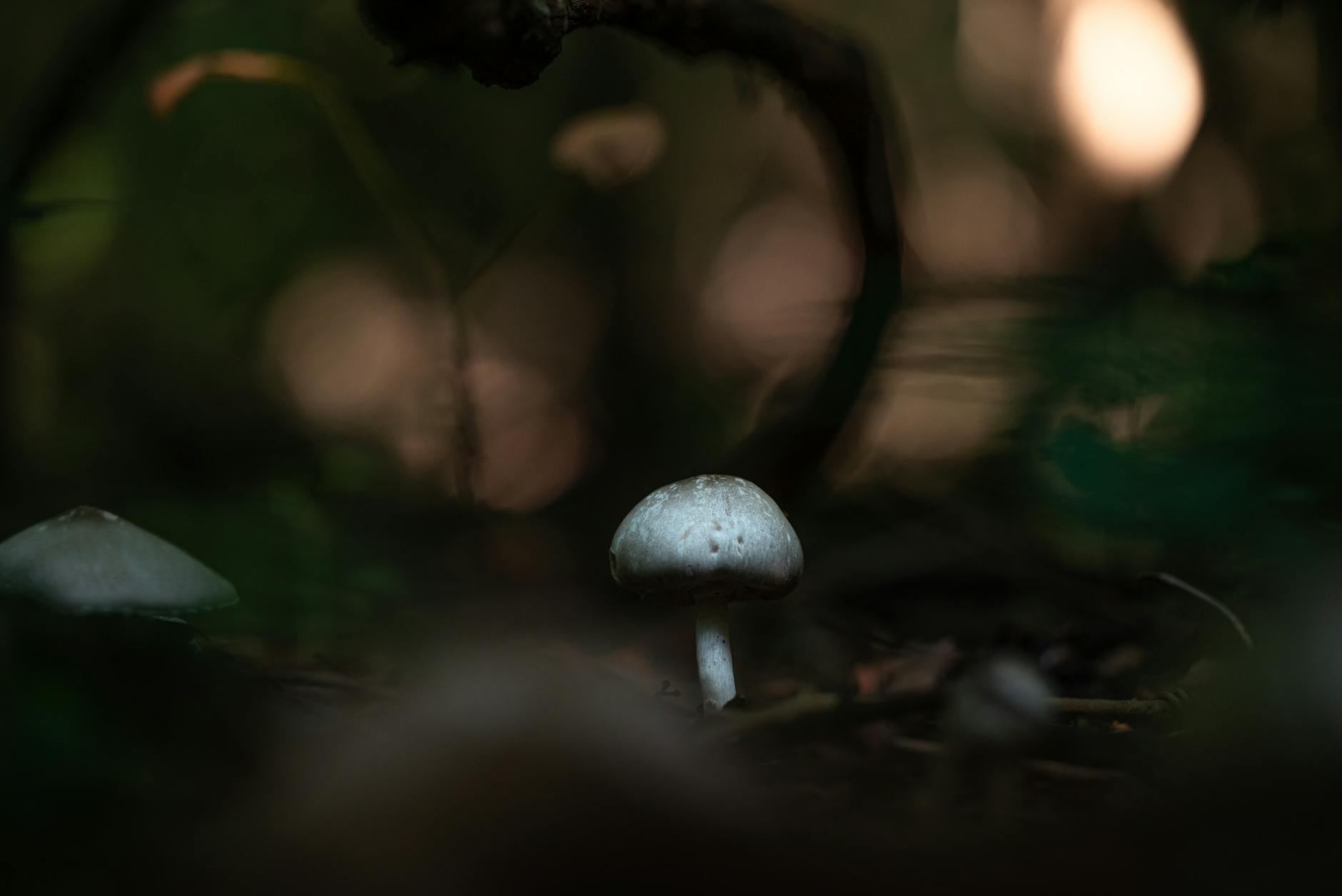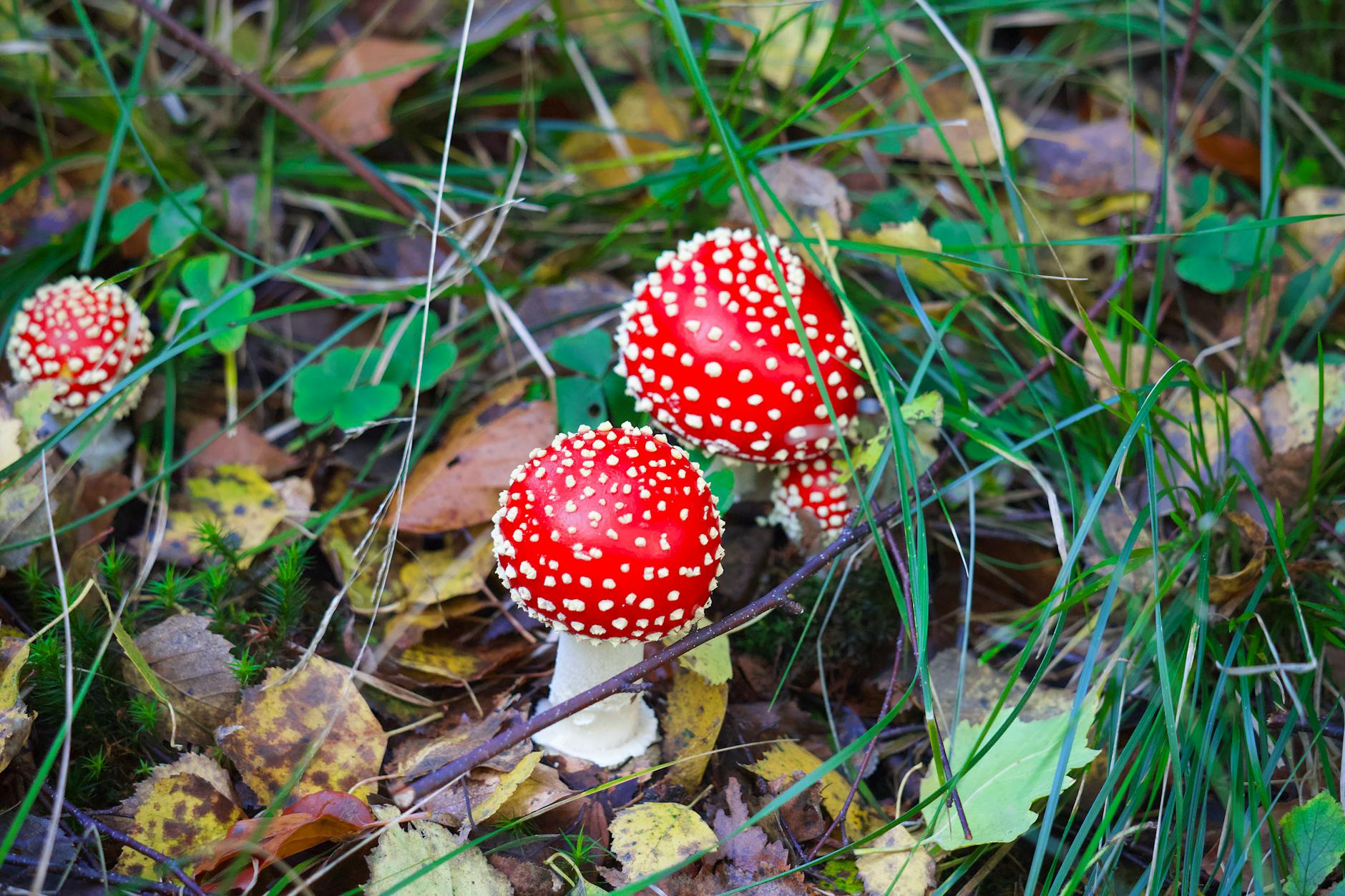Mushroom foraging is a popular outdoor activity that can be both exhilarating and rewarding. The thrill of discovering various types of mushrooms in their natural habitat can be an exciting adventure for many nature enthusiasts. However, foraging for mushrooms comes with a significant caution – the risk of inadvertently picking poisonous varieties. In this guide, we will delve into the art of foraging mushrooms 101 and learn how to spot poisonous varieties quickly and effectively to ensure a safe and enjoyable foraging experience.
Understanding the Basics of Mushroom Foraging
Before delving into the specifics of spotting poisonous mushrooms, it is crucial to have a basic understanding of mushroom foraging. Mushroom foraging involves searching for wild mushrooms in forests, fields, and other natural environments. It is essential to have a keen eye for detail and a good understanding of mushroom identification to ensure you are harvesting safe and edible varieties. Additionally, foraging for mushrooms requires a respectful approach to nature, ensuring you leave minimal impact on the environment.
Identifying Poisonous Mushrooms
Spotting poisonous mushrooms is a critical skill that all mushroom foragers must possess. While some poisonous mushrooms may have distinct visual cues that set them apart from edible varieties, others may closely resemble safe mushrooms, making identification challenging. Here are some key characteristics to look out for when identifying poisonous mushrooms:
1. Color and Shape: Poisonous mushrooms often exhibit bright or unusual colors, such as red, yellow, or purple. Additionally, mushrooms with a distinctive cap shape or unusual growth patterns should be approached with caution.
2. Odor: Some poisonous mushrooms have a foul or unpleasant odor, which can be a warning sign to steer clear of them.
3. Veil and Gills: Examining the veil (a tissue covering the gills) and gill structure of a mushroom can provide valuable clues about its toxicity. Some poisonous mushrooms have distinct veil remnants or gill colors that can help in identification.
4. Bruising and Bleeding: Mushrooms that bruise or exude colored juices when damaged are often toxic and should be avoided.
Focus Keyword: Knowing When to Seek Help
Despite your best efforts to spot and avoid poisonous mushrooms, accidents can still happen. If you suspect you or someone else has ingested a poisonous mushroom, it is crucial to seek immediate medical attention. Symptoms of mushroom poisoning can vary depending on the type of toxin ingested but may include nausea, vomiting, abdominal pain, and in severe cases, organ failure. Do not attempt to treat mushroom poisoning at home – contact a healthcare professional or poison control center for guidance.
Conclusion
While foraging for mushrooms can be a fulfilling and enjoyable activity, it is essential to prioritize safety and caution when harvesting wild fungi. By equipping yourself with the knowledge to spot poisonous mushrooms quickly and effectively, you can reduce the risk of accidental ingestion and ensure a safe foraging experience. Remember to always respect nature, follow ethical foraging practices, and seek guidance from experienced mycologists or field guides to enhance your mushroom foraging skills. Happy foraging!


